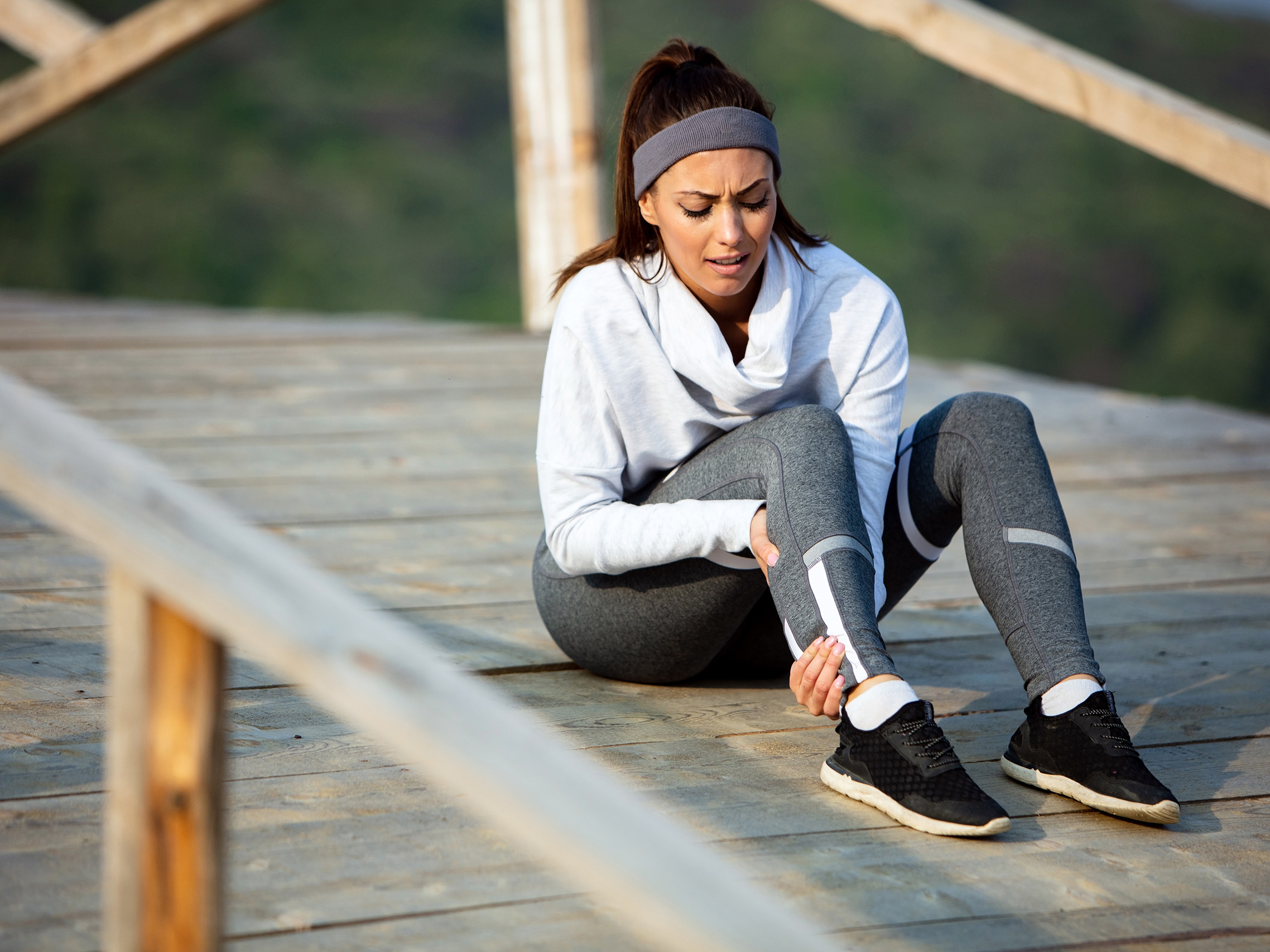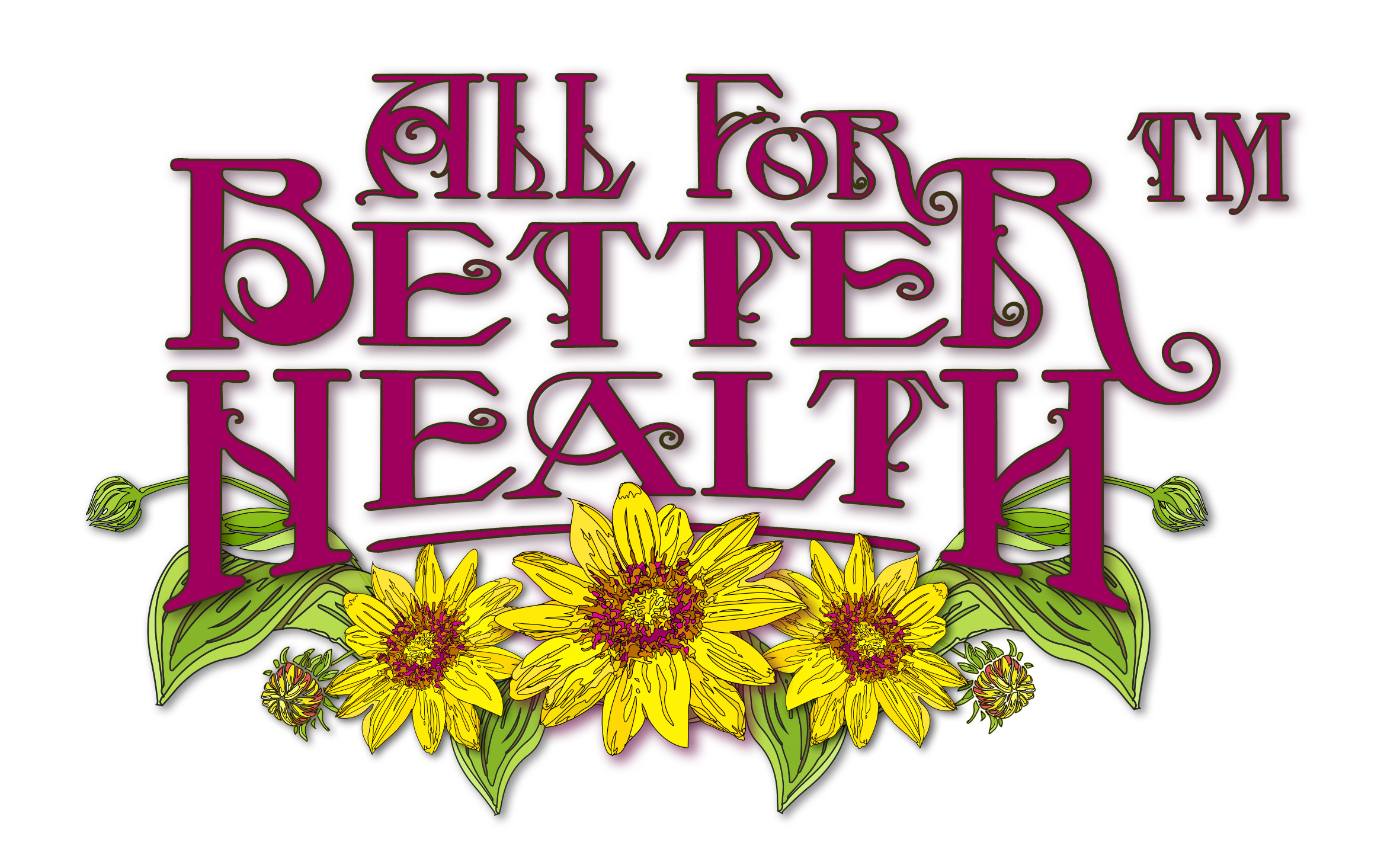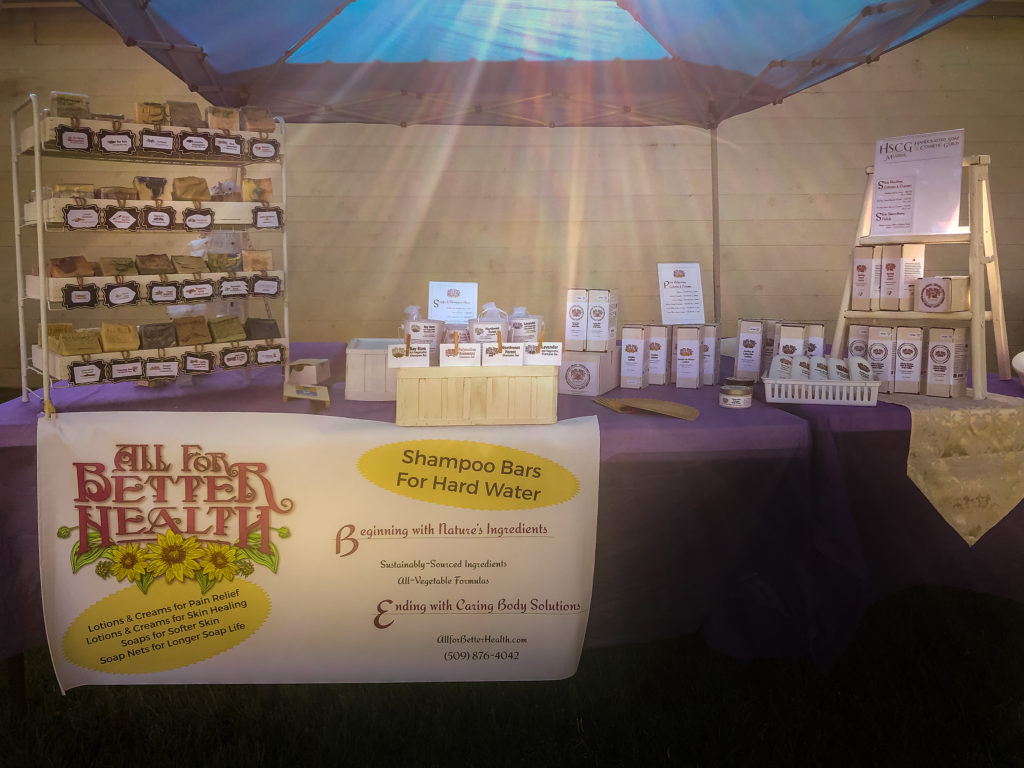
Do you have insanely sore and tired legs after every training session? It’s a common problem among avid Crossfitters, runners and other athletes. Sore and tired legs can be a real drag on your performance and quality of life! Fortunately, there are some easy ways to combat this issue. One of them is using arnica lotion for tired legs.
Jump Start Your Recovery with Arnica Lotion for Tired Legs
You probably know that lactic acid build-up is the culprit behind those painful legs. When performing high-intensity cardio or resistance training, you strain your muscles beyond their current capacity. This creates tiny micro-tears in the muscle fibers that produce lactic acid as a byproduct of energy production. The longer you train or work out at high intensity without allowing sufficient time for recovery between sets, the quicker your lactic acid builds up, which leads to that nasty soreness afterward.
Arnica is a traditional herbal remedy that’s been used to relieve muscle soreness for centuries. It works by increasing blood circulation in the affected area, accelerating the healing process and reducing swelling and pain.
How to Use Arnica Lotion to Prevent Tired Legs
Try using topical arnica lotion before you exercise. This will encourage better circulation and help your body move more lactic acid out of the muscles.
Follow up with more arnica lotion after your exercise to help soothe your muscles and reduce swelling and soreness. If you apply it before your muscles ache, you reduce the amount of inflammation caused by muscle breakdown.
Rub the lotion in well and put on a pair of compression socks or knee-high compression sleeves to help it work even better.
You can also consume arnica as tinctures, capsules or teas. However, there are potential health risks, so only take arnica internally under a physician’s oversight.
Other Helpful Strategies to Get Rid of Sore Legs Fast
Keep Exercising, but Stick with Light Cardio.
Exercising earlier in the day, when you’re still fresh, and keeping your cardio session short and low impact can help speed up your recovery time. Avoid prolonged cardio sessions that require you to push your body to exhaustion. Instead, go for a walk, some light jogging, a session on the elliptical machine or swimming.
If you’re not feeling up to heavy resistance training on sore legs, wait and do your workout another day. If you decide to push through the pain, be sure to take plenty of breaks between sets to allow your muscles and joints some extra time to recover.
Foam Roll and Stretch.
The foam roller is a cheap self-massage tool you can use to relieve your sore muscles and speed up their recovery time. By applying pressure to your sore muscles, the roller helps relieve muscle tension and knots. It also increases blood flow to the muscles, helping them to heal quicker.
After your workout, roll the roller up and down your quads, hamstrings and calves. Roll your IT bands, glutes and lower back as well. You can also do some trigger point rolling to target specific areas of muscle soreness.
Eat and Drink Right.
The right diet plays an important role in muscle recovery and preventing lactic acid build-up. You don’t have to go on a strict diet, but making a few smart eating choices can go a long way in reducing your soreness and improving your overall health and fitness.
Eat a well-balanced meal about 2 hours before your workout and consume some protein (nuts, beans or a protein shake) and carbs (fruit, oats, whole grains or a smoothie) immediately after your workout.
Avoid extreme diets or crash dieting, as these may slow down your metabolism.
Drink plenty of water before, during and after your workout. This will help your muscles stay hydrated and reduce cramping.
Try Tapping To Ease The Ache.
If you’re still sore and in a lot of pain, try some acupressure to speed up the healing process.
- Use your thumb to apply pressure on the outside of your thighs, where the pain is most intense.
- Press the outside of your calves and the top of your feet to relieve calf and quad soreness from running.
- Apply pressure on the inside of your wrists to ease pain from pressing your weight on them during Crossfit WODs.
- Apply pressure on the outside of your knee to relieve pain and swelling from sore quads after running.
- Press on the inside of your wrist and knuckles to relieve pain from pressing your wrist on the bar during WODs or lifting heavy weights.
- Press on the inside of your upper arm to relieve pain and swelling in your shoulders and upper back.
- Press on the inside of your upper back to relieve pain and swelling in your lower back.
In addition to pressure points, lightly slapping and/or shaking the muscles is helpful. A muscle that’s too painful to massage will often respond to a light touch, accompanied by shaking the muscle from side to side.
Try an Epsom Salt Bath.
Epsom salt baths are a great way to relieve muscle soreness and improve your mood and sleep. Epsom salt is a natural mineral compound that contains magnesium, sulfur and other essential minerals. Centuries of time support using it to treat soreness, swelling and pain caused by exercise, injury or stress.
Here’s the best way to use Epson salts to relieve your soreness.
- Fill a bathtub with hot water—about 105°F. Before you start your warm bath, pour two cups of Epsom salts in the water. Stir until the crystals dissolve. Step in and soak for 20-30 minutes.
- Some experts recommend following the hot bath with a cold shower. To make it easier to finish off with warmth, dry off, and then rub your body down with a washcloth that’s been dipped in cold water (ice water if you can bear it). Get back into the hot bath. Repeat as often as you want, finishing with the hot bath.
- After your bath, rub the sore parts with arnica lotion.
- You may also try applying a warm compress to your legs and lower back for added benefits.
Flush Out the Lactic Acid.
The body produces lactic acid naturally in the body during exercise, especially when you push yourself hard. It is a byproduct of the breakdown of glucose, which is used as energy for muscle contractions. When lactic acid builds up, it causes muscle fatigue and soreness.
So it’s important to let it go as quickly as possible—with a cool-down session of light cardio, consuming plenty of water, etc.
One of the best ways to flush out that lactic acid so you’re not in pain the next day is to break exercise sessions into smaller units. Short rests help flush out the lactic acid from the previous session. In this way, you can avoid a lot of pain.
Take MSM to Prevent Post Workout Pain.
Another strategy for reducing muscle soreness post workout is to take MSM. It’s a major component needed for muscle repair, and we produce less of it as we age. It also reduces post-workout inflammation. However, don’t take if you are pregnant or breastfeeding. [Source]
When Soreness Is Excessive Or Lasts For Too Long
If you’re experiencing extreme muscle soreness that lasts for more than a few days, you may have a more serious issue. Diet, water and sleep are key factors, but you may also have some underlying issues that need addressing.
For example, if you’re new to Crossfit or intense workouts, it’s normal to have muscle soreness now and then. However, if you’re experiencing it every time you workout—even after a few weeks or months of exercising—you may have some other underlying issues.
Conclusion
If you want to get rid of your sore and tired legs, you need to address the root causes of muscle soreness: lactic acid build-up, dehydration and overtraining. There are several simple things you can do to speed up your recovery from an intense workout. In addition to flushing out lactic acid with a light cardio cool-down, tapping, foam rolling, and eating and drinking right, you can jump-start your recovery by using arnica lotion pre- and post-workout.
We suggest you try one of our arnica lotion formulas today.
Arnica (Original): Developed for those who cannot use lavender.
Arnica & Hemp: Includes hemp oil with THC-free CBD for those who respond to CBD.
Arnica Lavender: Enhanced action from lavender’s pain-relieving properties.
Arnica, Hemp & Lavender: Recommended for those who respond to CBD and want the boost lavender delivers in pain relief.
Cocoa-Mint Arnica Cream: A lighter level of arnica, but the smell of it alone will distract you from your pain.
We believe you’ll discover the pain relief delivered by our essential oil enhanced formulas competes with Avena arnica lotion for tired legs.




